41 open label study advantages and disadvantages
Cool Open Label Study Advantages And Disadvantages Open label study advantages and disadvantages. In general a blinded trial is regarded as being less subject to bias than an open trial because it minimizes the. Fewer subjects needed than cross-sectional studies. In general a blinded trial is regarded as being less subject to bias than an open trial because it minimizes the impact of knowledge of. Strengths and Weaknesses of Labelling Theory - LawTeacher.net Firstly, according to Wellford (1975) the theory states that no acts are inherently criminal, and states that acts are only criminal when society considers them to be so. There are clearly some acts considered wrong in almost all the societies and nations in the world, murder, arson are a few such examples (cited in labelling theory).
Open-label trial - Wikipedia An open-label trial, or open trial, is a type of clinical trial in which information is not withheld from trial participants. In particular, both the researchers and participants know which treatment is being administered. This contrasts with a double-blinded trial, where information is withheld both from the researchers and the participants to reduce bias.
Open label study advantages and disadvantages
External and internal validity of open label or double-blind ... - PubMed In these trials, open-label or double-blind double-dummy designs are being used to evaluate the efficacy and safety in prevention and treatment of venous thromboembolism or stroke prevention in atrial fibrillation in several thousands of patients. Study designs — Centre for Evidence-Based ... - University of Oxford An experimental comparison study in which participants are allocated to treatment/intervention or control/placebo groups using a random mechanism (see randomisation). Best for study the effect of an intervention. Advantages: unbiased distribution of confounders; blinding more likely; randomisation facilitates statistical analysis. PDF Labeling and Disadvantages of Labeling - University of North Carolina ... scientists would be in raising money for cancer research if they had no name for it. The advantages of labeling can be summarized as follows: 1. Federal and local funding of special education programs are based on categories of disabilities. 2. Labeling enables professionals to communicate with one another because each categorical label
Open label study advantages and disadvantages. Studying Covid Vaccines in the Youngest Kids Traditional randomized trials of Covid-19 vaccines in children under 5 years of age will likely be completed soon. But they will have small numbers of patients and will not be powered to find rare adverse reactions. A larger, open-label trial would provide more evidence about safety and efficacy. Such evidence might help overcome some portion ... Advantages and Disadvantages of Living On and Off-Campus - iEduNote Advantages of Living Off-Campus Privacy Space Living Options Solitude Independence Transit Costs Disadvantages of Living off Campus Isolation Cost Distance Travel Time Less Community Increased Accountability No Study Place Advantages of Living On Campus Meeting New People Safety Access to Gym and Library Schedules Emergencies Accessibility External and internal validity of open label or double ... - ResearchGate ... 22 However, open-label trials offer the advantage of enhanced generalizability because the treatment quality in the warfarin control group may be more representative of routine clinical... Open Educational Resources: Pros and Cons - University of Maryland ... Pros and Cons of Using OERs for Instruction. As with any educational resource, there are both advantages and disadvantages associated with using OERs in the classroom. Advantages of using OERs include: expanded access to learning. Students anywhere in the world can access OERs at any time, and they can access the material repeatedly. scalability.
Self-Manage Scleroderma | Lesson Patients have a chance to help others and improve patient care. Some disadvantages might be: New treatments or interventions under study are not always better than, or even as good as, standard care. Even if a new treatment has benefits, it may not work for everyone. Health insurance and managed care providers don't always cover clinical trials. Pros and Cons of Different Label Materials - Blue Label Packaging Several factors can play into choosing a label material, such as cost, appearance, and durability. In general, label facestocks are separated into two categories: paper and film. Each material has its advantages and disadvantages, so choosing a specific type of paper or film depends on the specific needs of your pressure sensitive labels. Effects of open-label placebos in clinical trials: a ... - Nature Nevertheless, the small number of studies (the "small-study effect", affected by substantial heterogeneity, small samples, short duration, and partially high risk of bias 36) may increase the... 5 Ups and Downs of Special Education Labels | Education.com A label can protect students from ridicule or scolding that would otherwise cause greater blame to those students without a label. Disadvantage # 4: Labels Can Create a Lasting Stigma While a label can protect, it can also stigmatize. Special education labels often hinder a child's self-esteem.
Epidemiology and Clinical Research Design, Part 1: Study Types. Strengths and limitations of retrospective studies: The main advantages of studies using existing data are speed and cost. A retrospective analysis of an association between caffeine and necrotizing enterocolitis (NEC) can be conducted in a few months using a neonatal intensive care unit (NICU) database with minimal expense. ( 6) Strengths: Full article: Effectiveness studies: advantages and disadvantages The inclusion of "confounders" (from the perspective of a phase III trial) such as comorbidity or comedication increases the variance and results in a reduced signalto-noise ratio, which makes it more difficult to find differences between two groups (β error problem), even if these factors are adequately considered in the statistical analysis. Confidentiality in Peer Review: Single Blind, Double Blind, Open One of the advantages of a Double blind process is the academic objectivity it insures despite, for example, the author's stature in a particular research community. In a survey of 3,000 academics, 71% said they have confidence in the double blind peer review process.2 This fact alone is a positive. Advantages and Disadvantages with Labelling Machines - AIS Ltd The device then shrinks back and the label is attached to your product. The advantage of using these types of labelling machines is that precision is excellent. This method is great when labelling difficult packaging products. The disadvantage is that this method of labelling can be slow and the labelling quality not as good as other methods.
External and internal validity of open label or double‐blind trials in ... As a consequence, an intense discussion of the advantages and disadvantages of both designs is currently under way and interpretation of trial results is often focused on this matter. This review addresses the risks of bias for internal and external validity of open-label and double-blind anticoagulation trials to help to objectify this debate.
External and internal validity of open label or double-blind trials in ... AF using an open-label study [1] and in acute deep vein thrombosis (DVT) and pulmonary embolism (PE) using a ... double-blind double-dummy trial in AF [4] (Table 1). As a consequence, an intense discussion of the advantages and disadvantages of both designs is currently under way and interpretation of trial results is often focused on this matter.
Open-label study | definition of open-label study by Medical dictionary open-label study: a study in which there is no blinding of treatments.
Open-label extension studies: do they provide meaningful ... - PubMed Some increased confidence about incidence rates might result from the open-label extension study; however, as these studies are essentially uncontrolled and biased, the data are not of great value. Other benefits have been proposed to be gained from open-label extension studies.
Reducing bias in open-label trials where blinded outcome assessment is ... TRIGGER was an open-label cluster randomised trial whose primary outcome was further bleeding. Because of the cluster randomisation, all researchers in a hospital were aware of treatment allocation and so could not perform a blinded assessment.
Advantages and Disadvantages of Labelling in Marketing - CommerceMates Raise the cost of product. The first and foremost limitation of labelling process for every organization is that it leads to increase the cost of product. Process of labelling requires heavy expenses in designing and printing of label slip to be attached to with every product. Company generally provides three type of labels with their items ...
Open-Label Trial - an overview | ScienceDirect Topics Serious adverse effects such as infections and hematopoietic suppression are rare. One advantage of MM, compared with other immunosuppressants, is a lesser carcinogenic tendency: a kidney transplant patient on MM had a lesser cancer incidence in the long-term follow-up. Lymphoma was reported as a rare complication.
What is an Open-Label Clinical Trial? - News-Medical.net Several benefits for open-label trials have been suggested by researchers, including the ongoing access to medicine by phase III pivotal trial volunteers which have been proven effective, but...
Advantages and disadvantages of randomised control study design ... Publishable. Considered the gold standard: more publishable. Disadvantages of randomised control trial study design. Logistics: Power calculation might demand vast samples size, which require more resources from the investigators. Validity requires multiple sites, which will be difficult to manage.
PDF What Are Open-Label Extension Studies For? - The Journal of Rheumatology In open-label assessment studies, there is a sig-nificant risk of biased assessment. Analysis of all subjects who were randomized (intent to treat analysis) is another important technique, since subjects who drop out can differ in crucial ways from subjects who remain in the study. In open-label extension studies, only a proportion of the sub-
Open Book Examination Advantages And Disadvantages - CBSE Library Open Book Examination Advantages And Disadvantages: Open book exam is an assessment procedure formulated in such a way that enables learners to pertain to textbooks, class notes, or any other ratified equipment while replying to problems. It can also mean that learners are provided with the question paper before writing the exam.
PDF Labeling and Disadvantages of Labeling - University of North Carolina ... scientists would be in raising money for cancer research if they had no name for it. The advantages of labeling can be summarized as follows: 1. Federal and local funding of special education programs are based on categories of disabilities. 2. Labeling enables professionals to communicate with one another because each categorical label
Study designs — Centre for Evidence-Based ... - University of Oxford An experimental comparison study in which participants are allocated to treatment/intervention or control/placebo groups using a random mechanism (see randomisation). Best for study the effect of an intervention. Advantages: unbiased distribution of confounders; blinding more likely; randomisation facilitates statistical analysis.
External and internal validity of open label or double-blind ... - PubMed In these trials, open-label or double-blind double-dummy designs are being used to evaluate the efficacy and safety in prevention and treatment of venous thromboembolism or stroke prevention in atrial fibrillation in several thousands of patients.
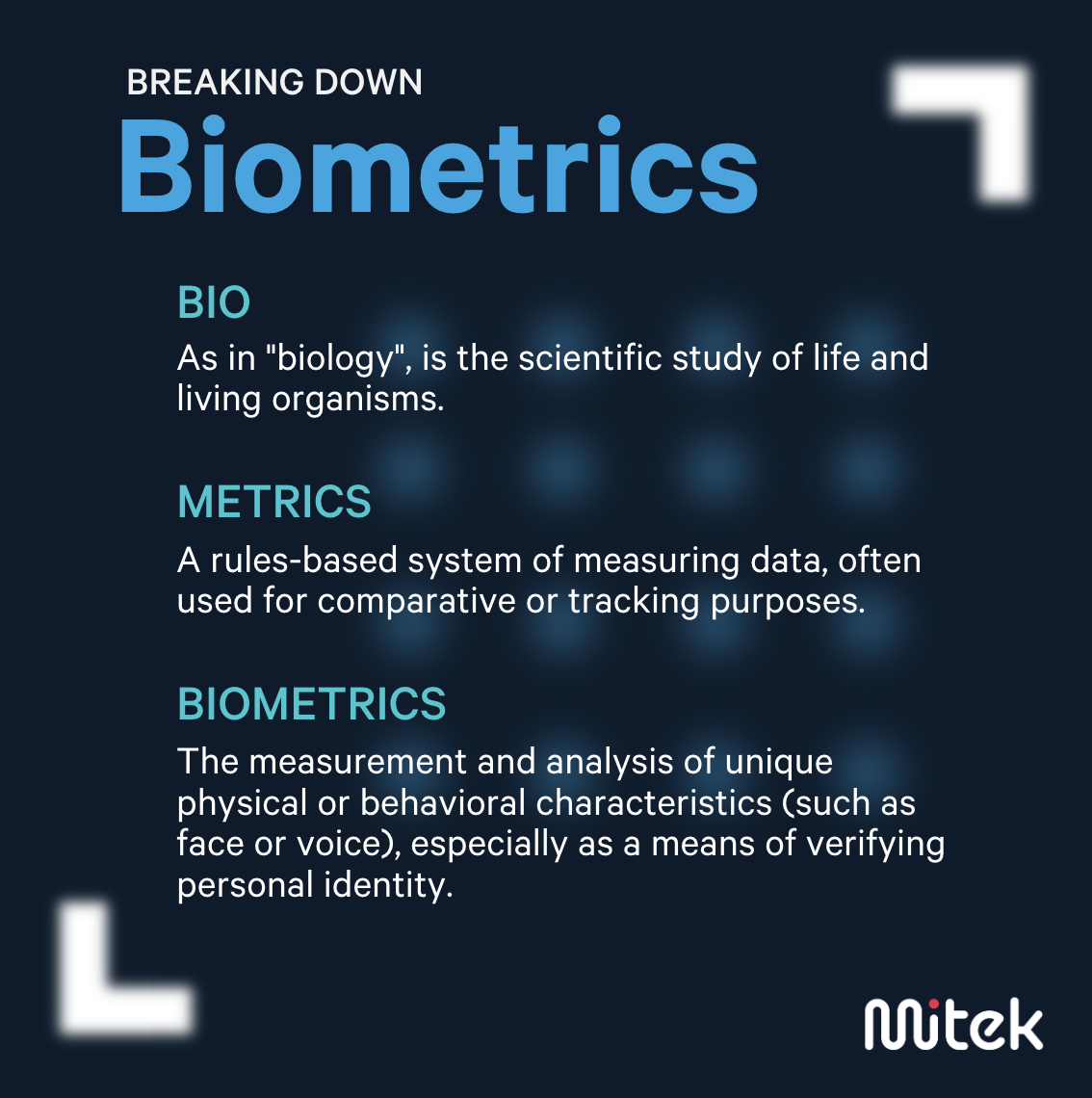















:max_bytes(150000):strip_icc()/ecommerce-d7e19a12ebed400eb1b2344b2cbb0e7d.png)






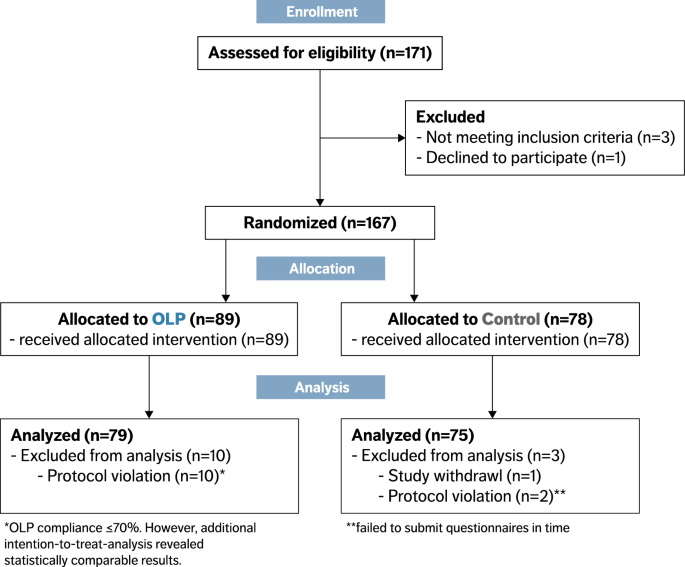
![PDF] Clinical trial methodology to assess the efficacy ...](https://d3i71xaburhd42.cloudfront.net/a00f5af9933a8f9c61da678199905782adf4210d/8-Table4-1.png)


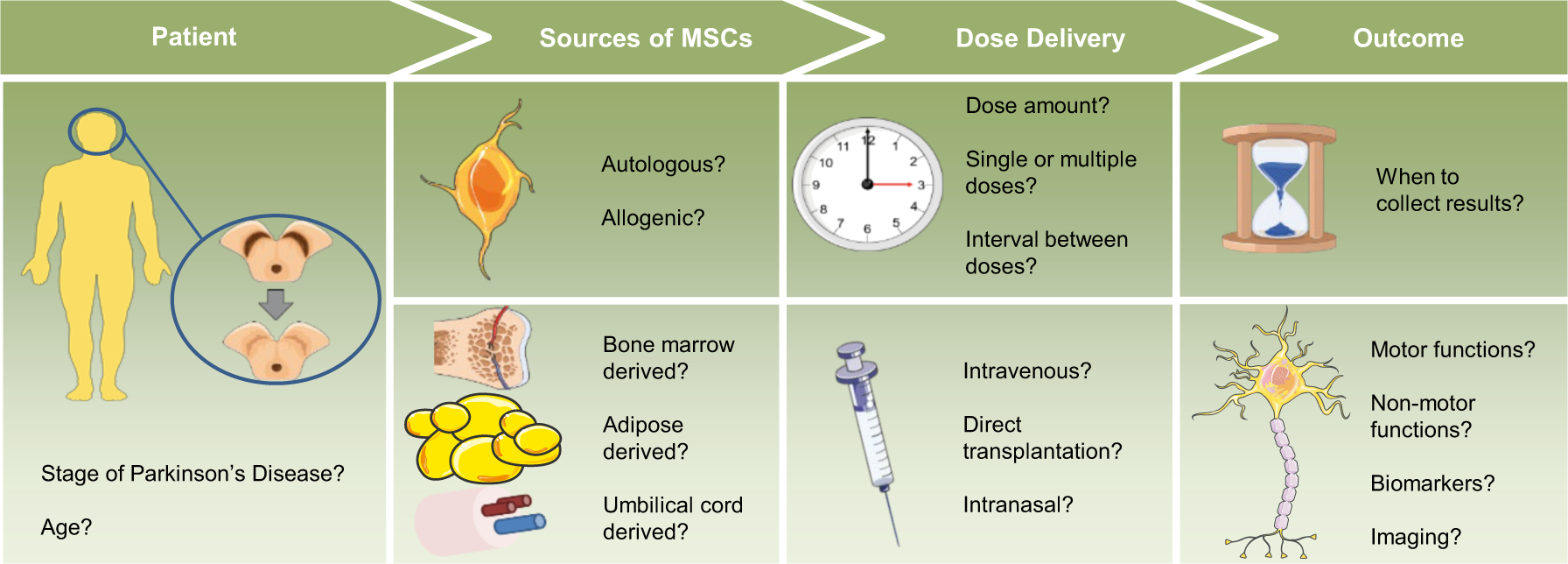
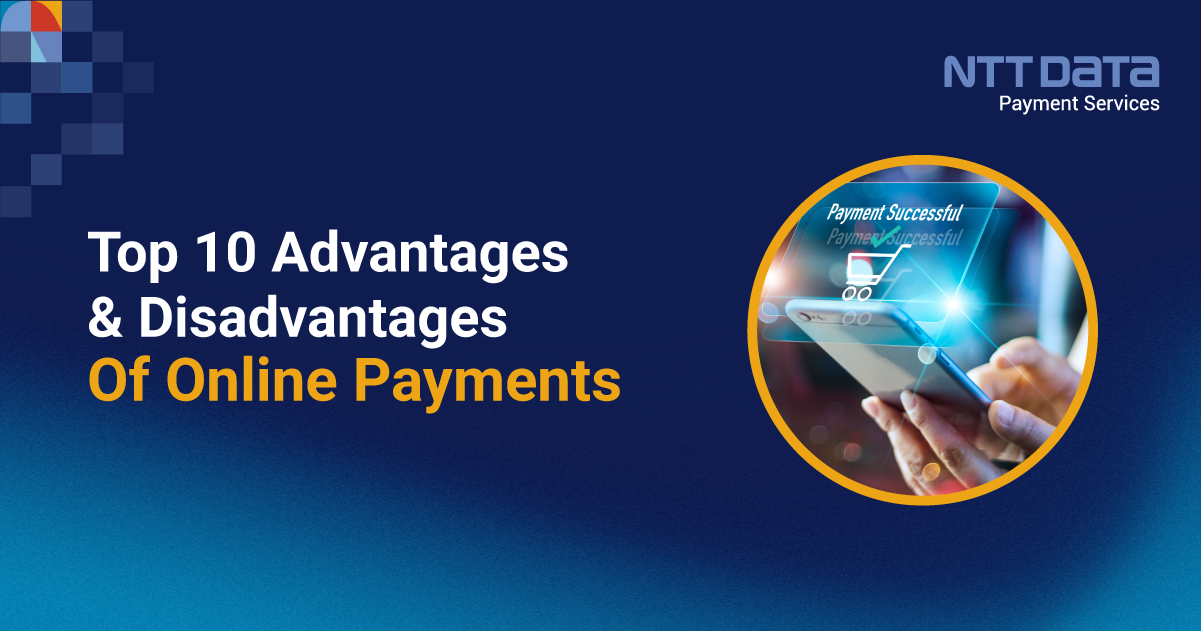
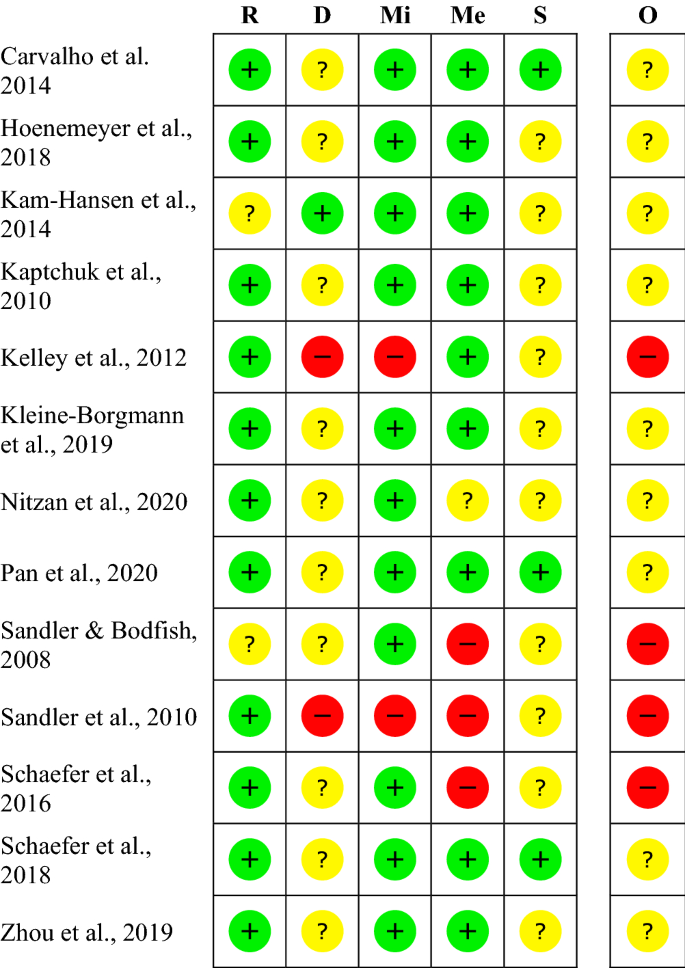


:max_bytes(150000):strip_icc()/Vertical-integration-7a31b884b9564a139c5ec2f7885ff3f0.jpg)





Post a Comment for "41 open label study advantages and disadvantages"